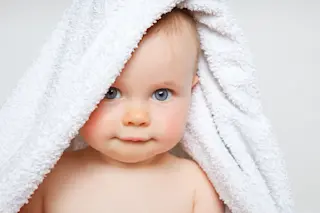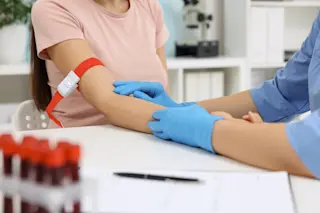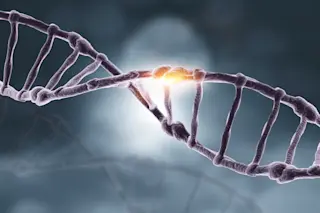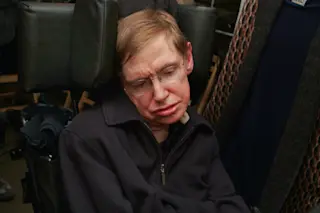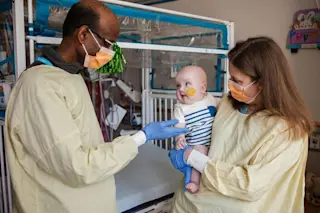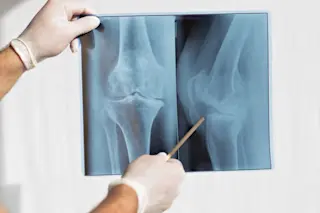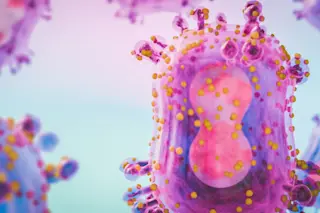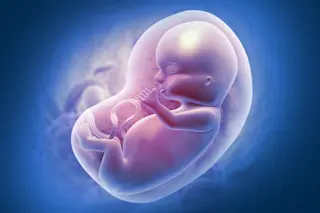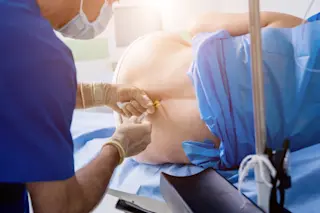It seems impossible, right? We have been taught from the time we were young that babies are made when a sperm and an egg come together, and the DNA from these two cells combine to make a unique individual with half the DNA from the mother and half from the father. So how can there be a third person involved in this process?
To understand the idea of three-parent babies, we have to talk about DNA. Most people are familiar with the double helix-style DNA which make up the 23 pairs of chromosomes that are found in the nucleus of every cell in our body. It provides the instructions for building an entire organism and the proteins that drive our existence from conception until death. However, the DNA in the nucleus is not the only kind of DNA required for us to exist. There is also DNA tucked away in ...


